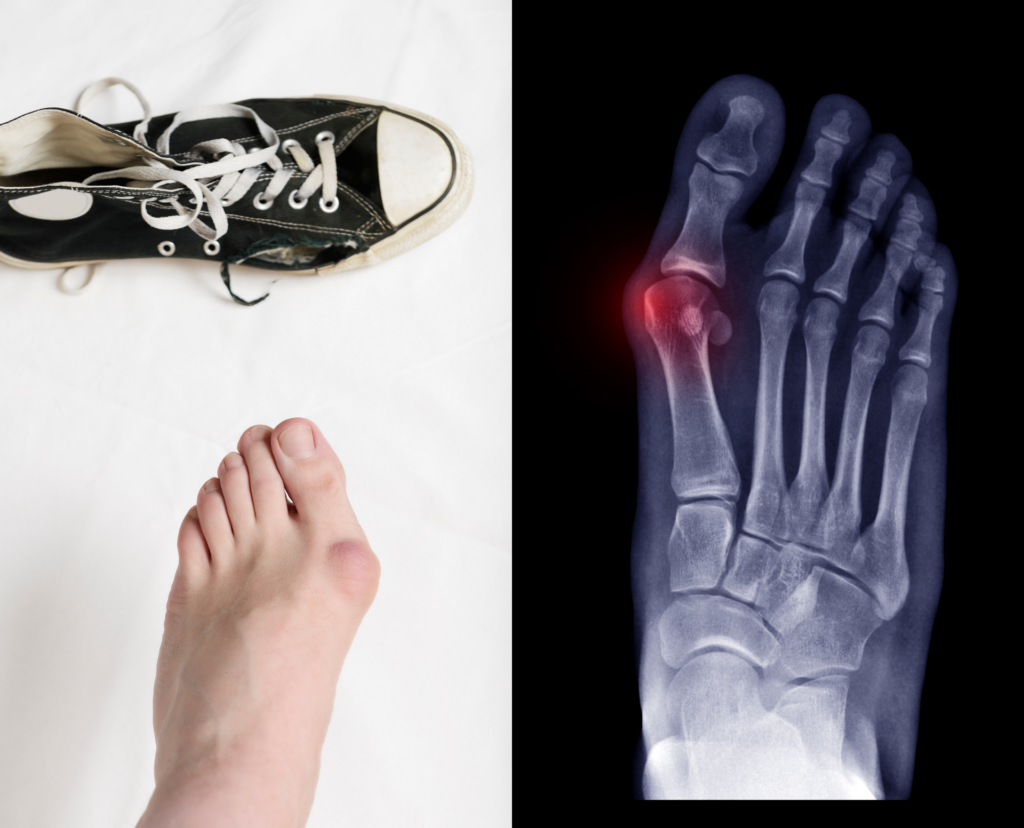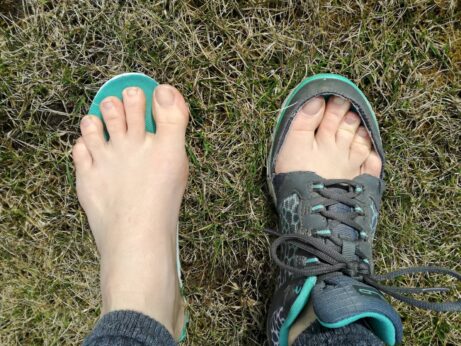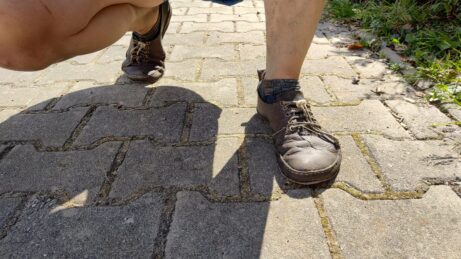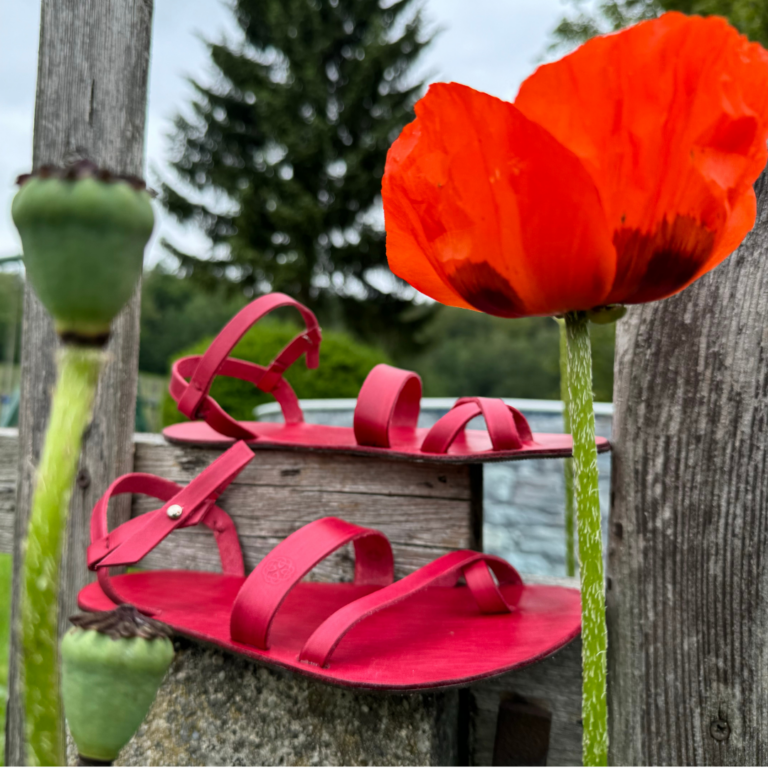The Barefoot Series, Part Two. Bunions.

Last time we talked about the big toe. About what its main function is and how you can support it in getting its proper function restored. Today we will speak a bit about bunions or a deformity called halux valgus.
If you’d like to read Part 1 of the barefoot series, you can find it here.
What are the causes of this deformity?
If the doctors have told you it’s genetic and if your mom had it too, there’s nothing that can be done about it, don’t believe it. Yes, some genetic predisposition can play a role, but external factors play a much bigger role. What I say about all “hereditary diseases” is that we need to first look at whether we have inherited inappropriate lifestyles, habits or patterns of behavior that are causing us health problems. And then blame the genes.

We now know about epigenetics (the science of how the transcription of genes into the proteins of our body and immune system is altered by changes in external influences). So we know that blaming genes alone is wrong, and even we ourselves can influence which genes get transcribed into our body’s reality and which don’t. Who is more interested in this topic, I recommend the work of Bruce Lipton and Joe Dispenza.
So let’s take a look at the four main causes of bunions:
- congenital predispositions – hypermobility, ligament weakness, length of the 1st metatarsal (bone on the instep)
- inappropriate footwear (not enough toe space, tightening the thumb towards the other toes)
- long standing (especially in inappropriate footwear)
- flat feet or other foot health problems where the toe cannot engage properly when walking
How does inappropriate footwear affect toe function?
In the last episode, I revealed that your big toe is a very important fulcrum point. At some stage of walking it carries up to 40% of your body weight. And when it can’t engage properly when walking in shoes with a narrow toe, the body needs to create a new fulcrum. Therefore, the bone tissue around the thumb joint swells to take over this role.
What can you do about it? I’ll recommend two essential things (and they definitely make sense, even if you already have a bunions):
- If you work standing for long periods, take short breaks as often as possible to take off your shoes and exercise your toes (if you don’t know what exercises to do, ask your physiotherapist or yoga teacher)
- Wear appropriate footwear – ideally barefoot shoes with a shape that matches your feet
I can help you with this 😉 On my online barefoot shoe sewing courses with support, you will get a custom-made shoes that respects the unique shape of your feet and promotes healthy walking.




